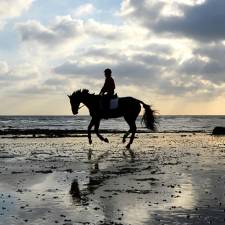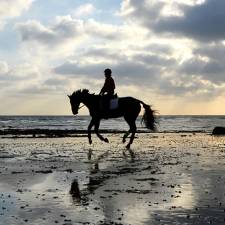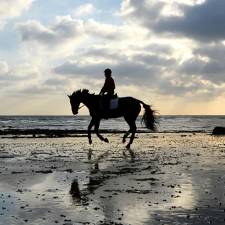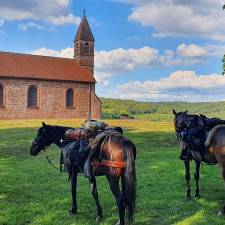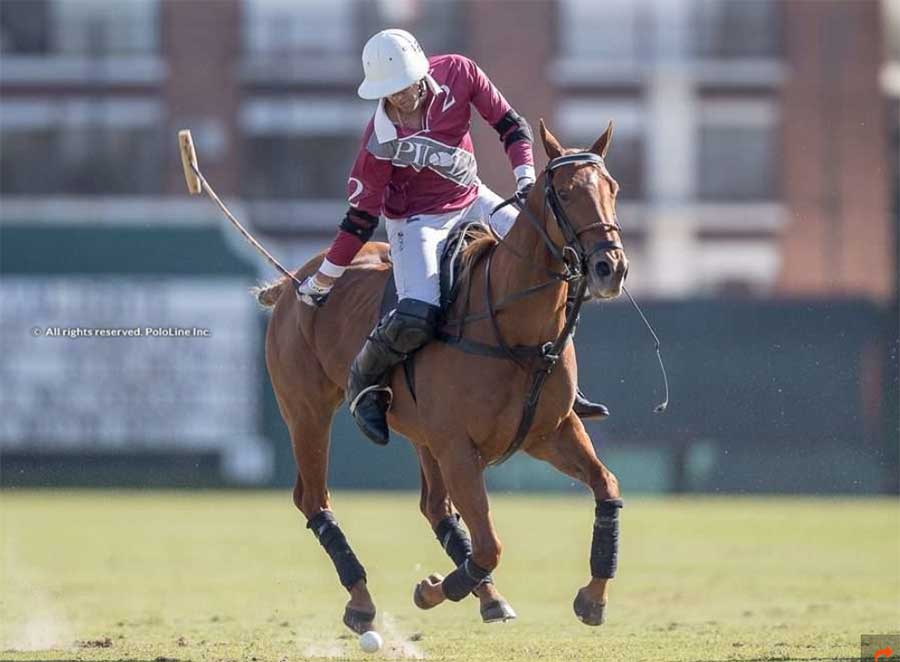
Pieres and polo ponies go together like bread and butter. Since the legendary Gonzalo Pieres founded Ellerstina with the inimitable Kerry Packer, the Pieres’ have not stopped breeding horses. The quality of the horses has improved every year, and today, the Pieres’ own some of the best polo ponies in the world. Their horses are fast and nimble, and they have been prized by associations around the world, staring with the fabulous Luna that Gonzalo played in the glory days of Ellerston and La Espadaña. Today, the mare holds a place in the Argentine Association of Polo Breeders’ Hall of Fame.
Gonzalo’s sons, current members of Ellerstina, continue the family legacy, playing horses from the Pieres family breeding program in both Argentina and abroad. Gonzalito Pieres, recent finalist of the San Jorge Open and winner of the Jockey Club Open, spoke to PoloLine about horses, a passion which has tied the family for over three decades.
Can you describe your perfect polo pony?
The perfect horse has to be easy to ride, have a soft mouth, be fast to turn, and be able to accelerate quickly over a short distance.
What is the most important characteristic of a good polo horse?
A good head, those horses that are quick learners, and good height. In my case, the horse must be medium sized, not too big. And overall, the horse must be docile.
What is the ideal number of horses for a polo string?
Nowadays, for Argentina and abroad, the foundation of the string is 15 horses. I think that is an ideal number to start.
On average, how many new horses should one have coming into the string each season?
It varies; it depends on the player and the breeding program. In Argentina, the number is quite high because that is where our breed is based. Ideally, one would add around four or five horses per year, in Argentina. Abroad, I would say an average of two per season.
What is the most important stage of the training of a polo horse?
It is all important, starting with the combination of genetics. It is a fundamental process, and one has to be well advised, with good ideas and good combinations. Then the birth, ideally on a good farm; breaking in, training—everything is important. The first five years are the most important, where one has to try and make as few mistakes as possible and try to help the horse have a good head, so that they are willing to learn. That way, the horse will be ready when it comes time to play, and they will be able to respond to what you ask them to do.
Which is, or was, your favourite horse, and why?
My favourite mare was Open Chita, a daughter of Luna’s, who I played my first Opens with. I played her until 2011, when she got injured, but she was by far my best mare for many years.
Which is, or has been, the best horse you have seen play, and why?
My father’s mare Luna; I saw Carlitos Gracida, among others, play her. She was incredible; she changed hands. Many players rode her and she always gave an incredible performance, she never changed her style of play. Genetically, she gave us many children and grandchildren—a very important bloodline.
Of the horses you have seen play, is there a particular one that you would like to try?
I am intrigued by each player’s best horses: Adolfito’s Dolfina Cuartetera; Mariano Aguerre’s Machitos Jazz; Pablo Mac Donough’s Irenita Nuera; Horacito Heguy’s Marsellesa; and Bautista Heguy’s Alazanas Birra. There have been so many great horses that I would have liked to have tried and played.
This article originally appeared on Pololine and is published here with permission.
Find more interesting resources and articles in our sections on Polo and Recreation & Lifestyle.






